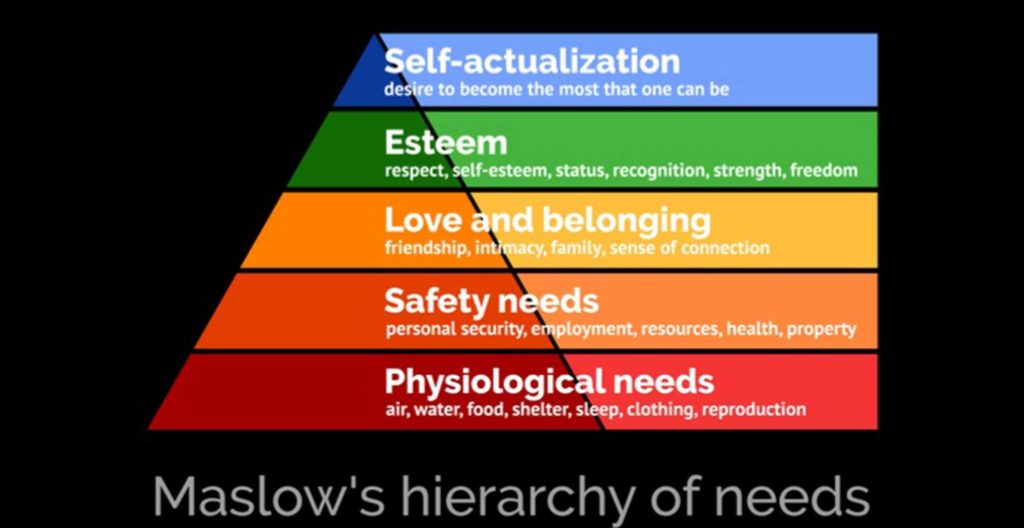The COVID-19 pandemic forced millions of people worldwide to embrace remote working. Across all industries, companies experienced huge changes that led to complicated challenges.
Almost overnight, governments banned face-to-face interactions. Executives had to quickly provide another way to deliver meetings and training. Employees had to gear up for a digital way of working.
This lead to the use of virtual conferencing platforms skyrocketing. And although there seems to be hope for the crisis to ease pretty soon, most companies will continue to offer hybrid events.
Do you want to find out how your company can organize successful virtual marketing events in the post-pandemic era? Then read on: we are about to dish out the three best ways to do so.
1. Get All the Right Gear and Tech
First of all, you want to make sure that you have all the necessary equipment in place. Unlike purely virtual events, hybrid ones still include some in-presence features. For example, you’re going to have to book the right venue, for the right length of time.
Allow for some wiggle room here and there time-wise, in view of potential new regulations around security and sanitization.
Once you’ve got the venue sorted out, you’ll need to either hire or buy some tech equipment. This usually includes mics, speakers, and cameras. Bear in mind that, just because the gear is not a lot, you’ll still need high-quality tools to ensure the smooth running of your event.
2. Cater to the Needs of Both Live and Remote Participants
Now, because a hybrid event features both live and remote speakers and delegates, you’ll have to cater to the needs of both.
Rules around social distancing, mask-wearing, and handwashing are still likely to apply. So, you should ensure that the venue satisfies all of these requirements for your live speakers.
For those joining the event from their homes, you’ll want to minimize any technical disruptions, and offer an easy way to connect and communicate.
3. Keep Your Remote Audience Engaged
If you’ve hosted even one virtual meeting, then you’ll probably know that one of the biggest challenges is keeping your audience focused and interested.
Hybrid events will face just the same hurdle. To overcome it, you could try a few approaches.
First of all, send your home-based delegates some material on the event ahead of the day. This will help them to understand in detail what the event is going to be about, and might even motivate them to prepare some questions or observations.
Secondly, you’ll probably want the event to last no longer than a few hours, and have plenty of breaks. These could be virtual “coffee breaks” that include ambient music and a live chat to allow participants to relax with a hot drink.
Last but not least, how about sending your home delegates a quick survey after the event? This will enable them to provide any suggestions that you might incorporate in your next hybrid meeting.
Hybrid Events: The Future of Conferencing in the Post-Pandemic World
In the post-pandemic work landscape, hybrid events will feature heavily. For this reason, it’s essential that your company prepares to organize and host meetings that engage both a live and a remote audience.
With our tips, you’ll be ready to achieve this in no time. Just follow your guide on how to host a great hybrid event, and your employees will look forward to them.
Did you enjoy this post? Then you should definitely subscribe to our blog and receive regular, inspiring insight into the world of marketing and business.





